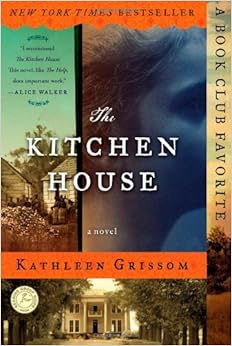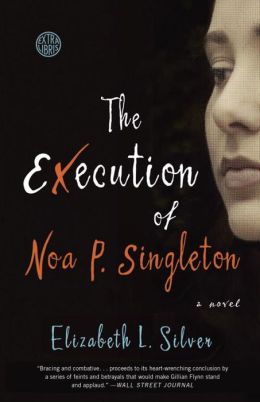
This first novel in Alexander McCall Smith’s widely acclaimed The No. 1 Ladies Detective Agency series tells the story of the delightfully cunning and enormously engaging Precious Ramotswe, who is drawn to her profession to “help people with problems in their lives.” Immediately upon setting up shop in a small storefront in Gaborone, she is hired to track down a missing husband, uncover a con man, and follow a wayward daughter. But the case that tugs at her heart, and lands her in danger, is a missing eleven-year-old boy, who may have been snatched by witchdoctors.
My take: 3 looks
What a cute mystery!! I liked so many things about this book. First and foremost, the main character, Precious Ramotswe, is very likable. She is smart, shrewd, witty, and seems to have a photographic memory...a great trait for a private detective.
Secondly, she loves her country. I could see, hear and taste the surroundings and feel her affection for Africa as a whole, and Botswana in particular. She described the various peoples of the surrounding villages perfectly, and aside from eating worms, it all worked for me.
I appreciated the background on her father. I look forward to reading other books to see if his memory plays a part in the story. It seems that it must, as the author took the time to introduce him to the reader so fully.
Lastly, I loved that there was one mystery to solve, along with other, smaller mysteries solved within its confines. Too many times, there is only one large story arc, with the action and adventure supporting only that one. This one was very different in that I experienced the days and weeks of Mma Ramotswe's life. Very nicely done.
I recommend this book, and look forward to reading the entire series.







